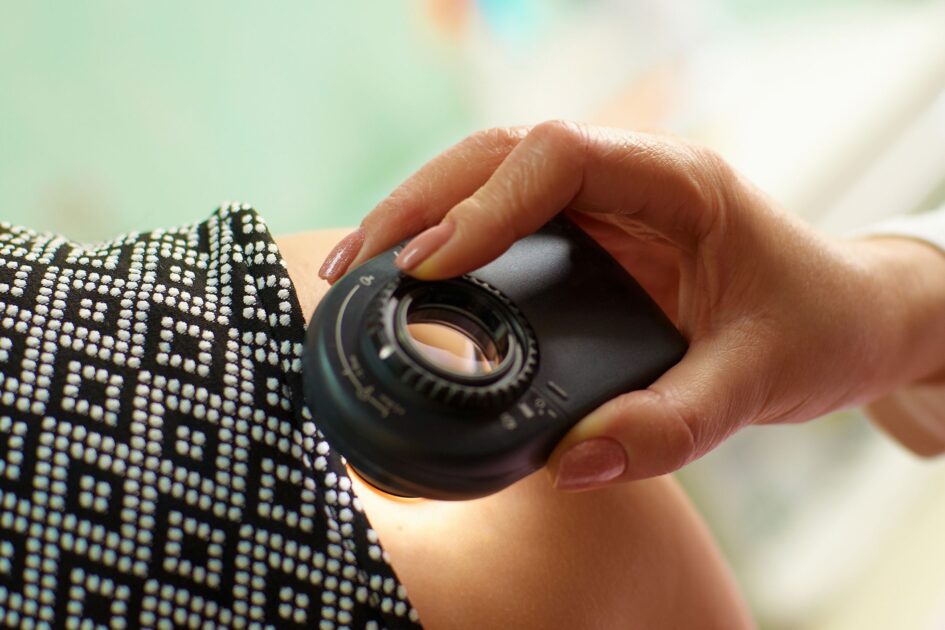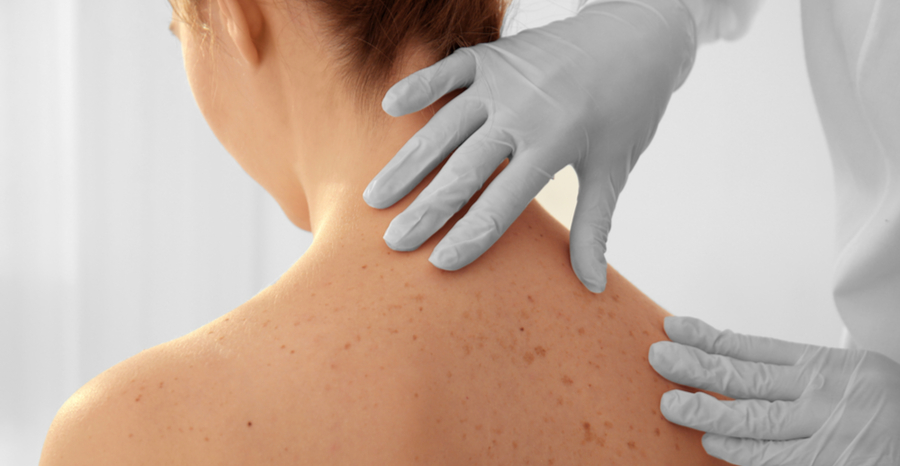Legendary reggae musician Bob Marley was a larger-than-life personality whose influence transcended music. Sadly, on May 11, 1981, he passed away at the young age of 36. His premature death was believed to have been attributed to an acral lentiginous melanoma (ALM).

What is acral lentiginous melanoma?
Acral lentiginous melanoma is a very rare and fast-growing skin cancer that is typically found on the palms of hands, soles on feet, or underneath the nails. Unlike most skin cancers, UV exposure does not have a direct correlation to ALM. It is instead caused when the melanocytes (the cells responsible for making melanin, the pigment that determines the color of the skin) grow out of control and form tumors. It is often diagnosed late because it is usually found in individuals (and parts of the body) with a low likelihood of UV-induced melanoma.
When was it first noticed?
The first indication of Bob Marley’s melanoma occurred after a soccer game in the summer of 1977. During the game, he badly injured his right big toe. Thinking it was just a bruise, he didn’t end up getting it evaluated any further. In the coming days, the site of the injury worsened, so a biopsy (small sample removal of skin tissue) was done. This confirmed a diagnosis of melanoma.
What happened after?
The medical staff recommended that the toe, and possibly even the foot, be amputated to prevent the cancer from spreading. He instead opted for an excision (surgical removal of skin tissue) of the site and surrounding areas. The treatment was believed to have completely removed the cancerous lesion. Then a few years later, in September of 1980, he was diagnosed with a brain and lung tumor. It is believed that this was the result of the melanoma on his toe spreading before it received treatment. Eight months later, Bob Marley passed away in a Miami area hospital.
As tragic as this situation was, it highlights the importance of early detection. Because while melanoma is one of the deadliest forms of cancer, if found early, it can be one of the most treatable. So, if you haven’t had your skin examined in a while, contact our office today to schedule an appointment.
Source: www.ncbi.nlm.nih.gov
 Skin cancer is the most common cancer, as an estimated one in five Americans will develop some form of it in their lifetime. Now, a recent study from the Prevent Cancer Foundation found that most people are not staying up to date with their routine screenings. This finding is even more concerning considering melanoma, the most deadly type of skin cancer, is almost 100% curable if caught in the early stages.
Skin cancer is the most common cancer, as an estimated one in five Americans will develop some form of it in their lifetime. Now, a recent study from the Prevent Cancer Foundation found that most people are not staying up to date with their routine screenings. This finding is even more concerning considering melanoma, the most deadly type of skin cancer, is almost 100% curable if caught in the early stages.



